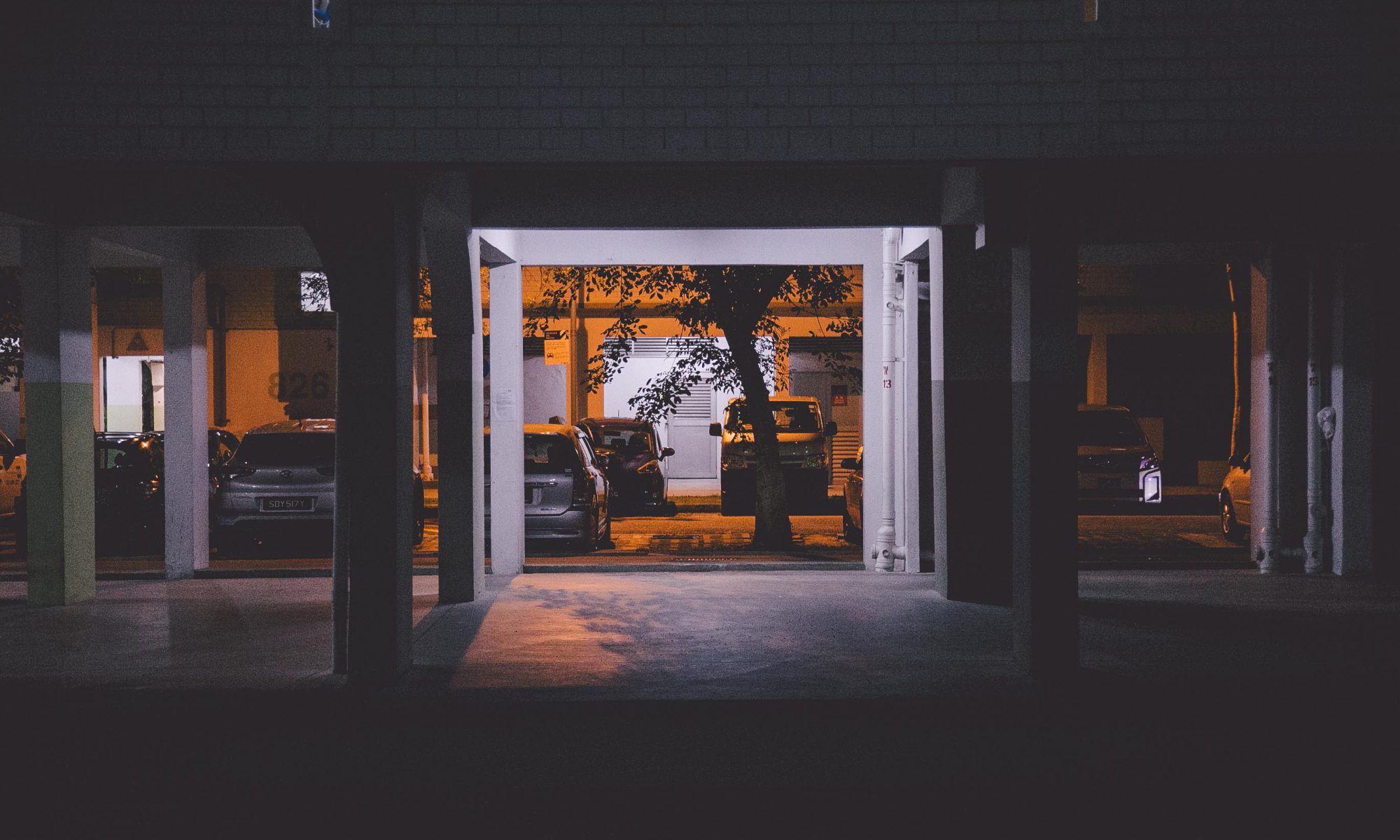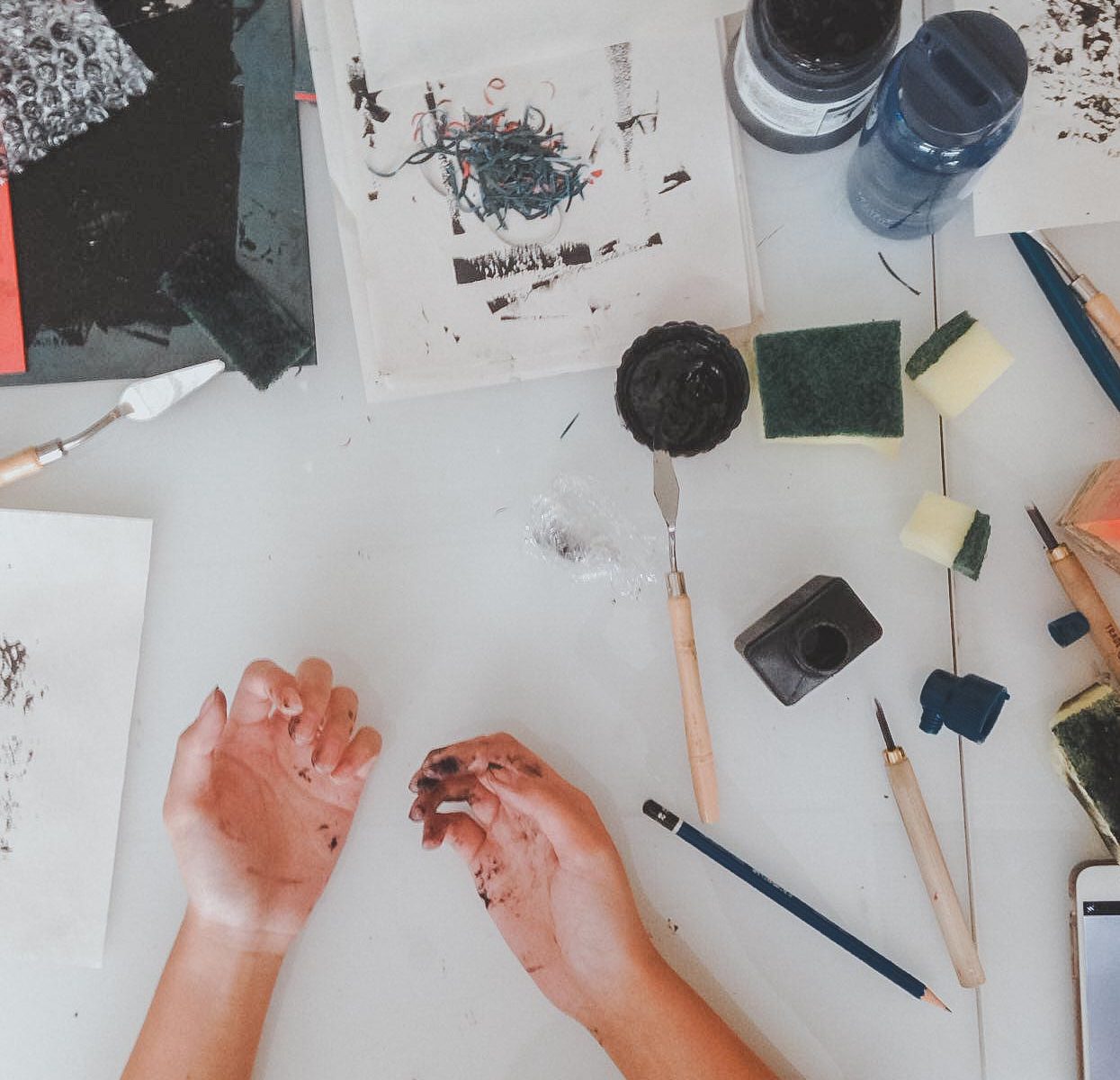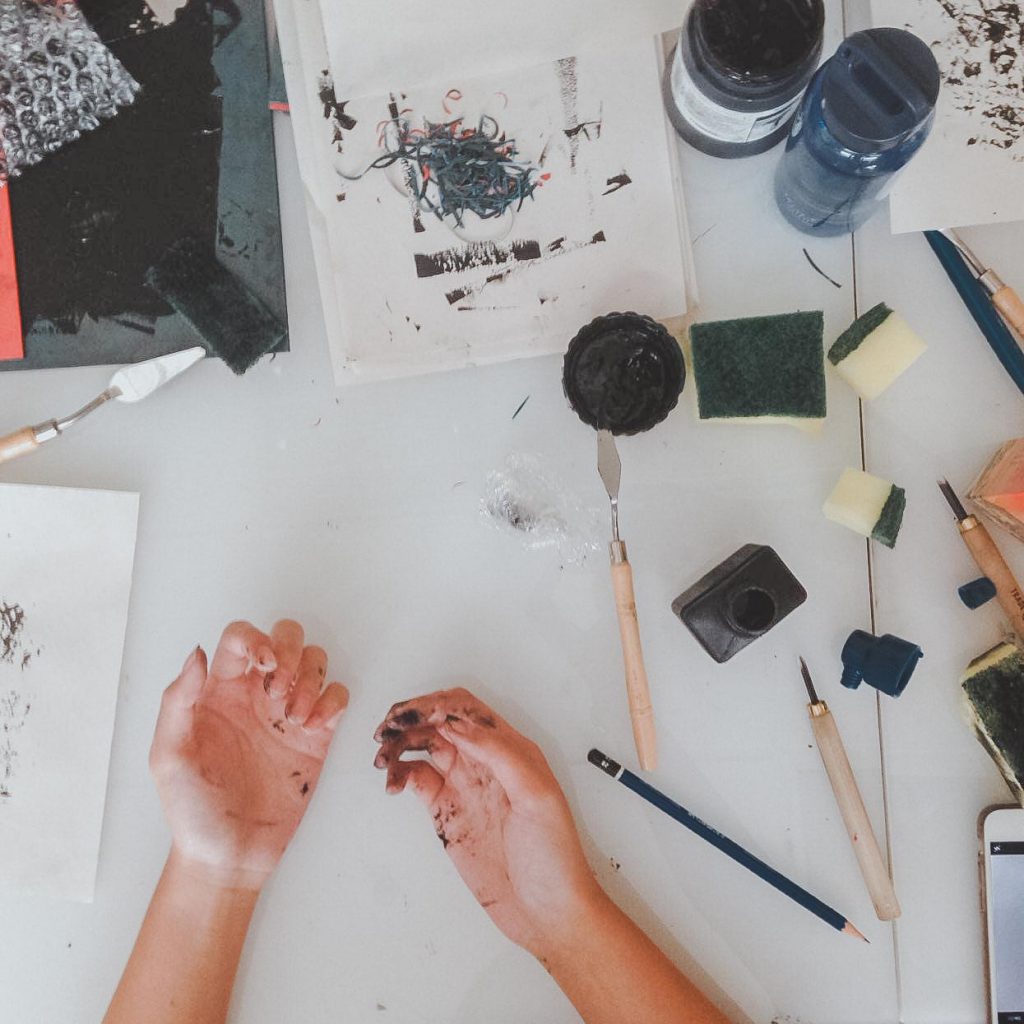Hello World!
This is a story of adventure, suffering, and a lot of mosquito bites.
This is a story of how I worked on this assignment.
Conceptualization
I have always been inspired by the works of Kyle Thompson, by his color tones, concept and editing. I found his photographs almost film-like that evoked a sense of nostalgia and his warm/purple tones evoke a sense of make believe. Though his concepts are much more surreal than I can attempt in this assignment I aimed to capture his storytelling skills through something less surrealistic.
 Untitled by Kyle Thompson
Untitled by Kyle Thompson
 Untitled by Kyle Thompson
Untitled by Kyle Thompson
Another artist I take inspiration from is Wes Anderson
 Still from Moonrise Kingdom, Wes Anderson
Still from Moonrise Kingdom, Wes Anderson
I always enjoyed his sense of discipline to commit to a visual style and how he creates visual interest through creating depth, color and space. After writing a journal on his visual style, I took inspiration from some of his cinematography and put it into some concepts.
I then started to brainstorm various objects that had meaning to me. I had to keep in mind various elements like – is it doable as a concept, visually interesting and significant to me. I narrowed down on my childhood binoculars because it fits all three criterion and was also a prop I was curious to explore, and also partially because my cat is not a cooperative prop.
I planned my shot with reference to my visual artists and inspirations and focused to vary three things – shot size, angle and subject size. The shots I’ve planned included close body shots, unusual cropping and a mix of high and low angled shots.
I split the images into three concepts. Play tells the story of childhood exploration, the thrill of discovery and fun. Explore tells the story of fear, reluctance, mystery and adventure. Discover is about amazement for world that I made believe and the destination of the journey. The final concept after shoot was however, much different.
Preparation
The prop: After rummaging through my room to find my binoculars, I noticed that it still retained its brown dusty army look – I thought the colors removed the element of make believe as it appeared toy-ish, so I pestered my senior for his gold spray can and proceed to turn it antique gold, much like a real explorer. I mean, the sense of adventure were real to me as a child and I aimed to capture that, so I thought it was a big element to put in that bit of effort for. I taped some parts so that it was not entirely gold, because according to mister google, the ones explorers used wasn’t entirely gold. Well, okay mister google.

The world: On the way out of NTU one day, I noticed there was this huge field and nature just outside of campus, filled with towering trees and unobstructed view of the sky. I decided to use this as my backdrop for this project as it captured the imagined world.
Execution
 and thus begins my losing battle against prickly grass
and thus begins my losing battle against prickly grass
and a swarm of thirsty mosquitoes
On a weekend, I set up a tripod, hooked my camera up via bluetooth, and began shooting. It was a LOT of trial and error – getting the focus right, my posture and expression, my body language, framing and all. I made various impromptu shots along the way, but after two tiring hours in the blazing sun I returned with 400 shots to sieve. I rewarded myself with two cups of ice-cold milo that day.
Post Production
I adapted the style of Kyle Thompson with a hint of Wes Anderson. This included slightly warm hues, brightly lit images and earthy tones to evoke a sense of warmth, nostalgia, make believe and a connection to nature.

 Six rejected photos from the concept
Six rejected photos from the concept
I edited a total of nine shots from that day and further narrowed it down to three. Through the use of elimination, I settled on three.
In summary, some were not too strong on story, some evoked the wrong mood and some just don’t show my toy well enough.
1. I figured this shot was bland and did not seem to evoke a very strong story. It seemed to emphasize the space more than the prop
2. It didn’t show a sense of joy or wander in this photo – it did not seem to fit any concept as I wasn’t smiling. Why must I look so grumpy in photos.
3. This was an impromptu shot I did, though I liked the sense of wonder it evoked, it did not seem to convey it as strongly as I hoped.
4. This was a shot I liked initially but after consultation it was brought up that the prop was not very clearly seen.
5. This, to me, was an interesting crop though it show the personality of the prop, it did not convey as strongly the connection to it with me.
6. As I was facing away from the camera, it did not show my emotional state with the prop, though it spoke strongly of a story, it lacked emotion.


The next day I ventured into one of my secret worlds left alive in search of the same feelings I had as a child. This however, was a more impromptu less planned process. I figured capturing an essence or vibes of a place should be done on location than pre-planned however I had the crux of my image in mind when I was shooting such as.
1. It is visually interesting or unique in framing?
2. Does it show calmness, inspiration and magic in the image?
3. What emotion can I draw from the image?
Visually, the inspirations were much the same – of Kyle Thompson and Wes Anderson. I looked for symmetry, simplicity and a little bit of magic in the frame.
Overall, I really enjoyed documenting the images – it was an interesting look into how some photographers and cinematographers inspired the style I have today, and it’s also a nice #throwback to my childhood days again.
I apologize if I was too rambly.
Okay bye.




 Untitled by Kyle Thompson
Untitled by Kyle Thompson Untitled by Kyle Thompson
Untitled by Kyle Thompson Untitled by Kyle Thompson
Untitled by Kyle Thompson






 Contrary to what people think – I’m actually struggling,
Contrary to what people think – I’m actually struggling,







 A Space Odyssey, Stanley Kubrick
A Space Odyssey, Stanley Kubrick  Clockwork Orange, Stanley Kubrick
Clockwork Orange, Stanley Kubrick Moonrise Kingdom, Wes Anderson
Moonrise Kingdom, Wes Anderson The Shining, Stanley Kubrick
The Shining, Stanley Kubrick Grand Budapest Hotel, Wes Anderson
Grand Budapest Hotel, Wes Anderson
 One-Point Perspective
One-Point Perspective Two-Point Perspective
Two-Point Perspective Three-Point Perspective
Three-Point Perspective
